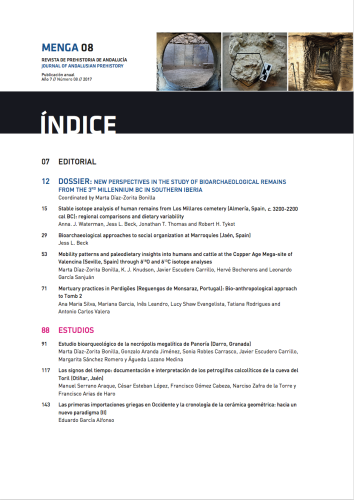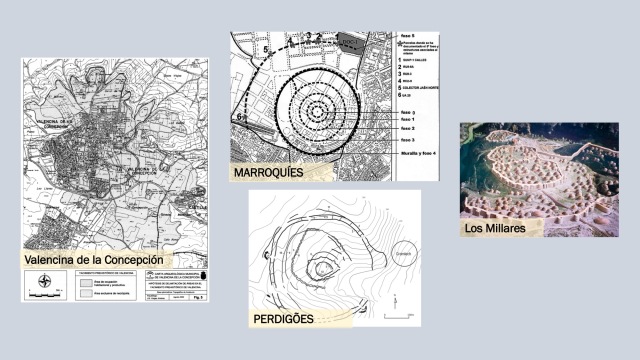Confession time. Despite my resolution to spend less of 2018 travelling, I’ve already backslid, with a research trip to Germany (blog post to come) and a trip back to the States having led me to spend about three weeks on the road in January and February.

However, I am now able to stay in one place for six glorious weeks, so it’s back to blogging, working on publications, and appreciating the joys of late winter weather in southern England:
In addition to a surfeit of precipitation, I have also returned home to welcome news – my paper in MENGA: Journal of Andalusian Prehistory, has just been published.

I’m always pleased when a new publication comes out, but this edition of MENGA is a particularly exciting as my analysis of human remains from Marroquíes is contextualized within a larger issue focused on “New Perspectives in the Study of Bioarchaeological Remains from the 3rd Millennium BC in Southern Iberia.”

The papers in this editorial cover four major sites from Copper Age Iberia, including the famously fortified Los Millares, the large-scale settlement of Valencina de la Concepción, home to some of the most intricate ivory artifacts in Spain, the Portuguese ritual enclosure of Perdigões, and the massive village of Marroquíes.
This is the first publication that has come out of my dissertation research (besides my more preliminary chapter in the Osterholtz volume on theoretical approaches to commingled remains from 2015). In the article, I present the bioarchaeological results of eight months of data collection in Jaén, detailing my bioarchaeological and dental analyses and the resultant assessments of minimum number of individuals (MNI), age, sex, and mortuary practices. Overall, my research suggests that there was limited age- or sex-based differentiation in mortuary treatment at Marroquíes, and there was a relatively inclusive approach to funerary practices at all mortuary areas at the site.
Later this week I’ll put up a brief post introducing the Los Millares paper from this same volume of MENGA, as I’m also a co-author on that one. This is a great volume to read if you’re interested in Late Prehistoric Europe, bioarchaeology, or the emergence of large-scale villages, and I’m excited that my work, and the site of Marroquíes, are represented in the issue.
Here’s a link to the paper on Academia.edu:
https://www.academia.edu/35969236/Bioarchaeological_Approaches_to_Social_Organization_at_Jae_n_Spain_
Image Credits: Map of Valencina de la Concepción from Costa Caramé et al., (2010) Trabajos de Prehistoria; Map of the ditches at Perdigões from Valera et al., (2014) SPAL: Revista de Prehistoria y Arqueología de la Universidad de Sevilla; Map of Marroquíes from Zafra et al., (2003) Trabajos de Prehistoria; Reconstruction of Los Millares by Miguel Salvatierra Cuenca, via Wikipedia.





Pingback: Stable Isotope Analysis of Human Remains from Los Millares Cemetery (Almería, Spain, C. 3200-2200 Cal BC): Regional Comparisons and Dietary Variability | Bone Broke
Pingback: Bone Broke Year in Review 2018 | Bone Broke